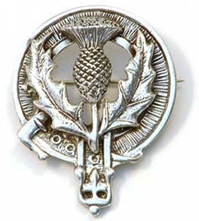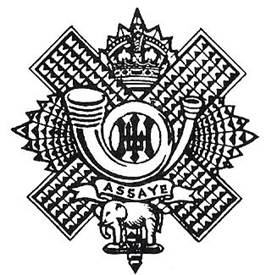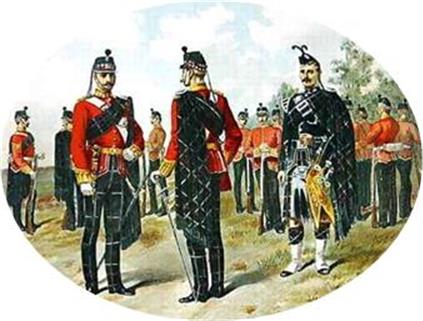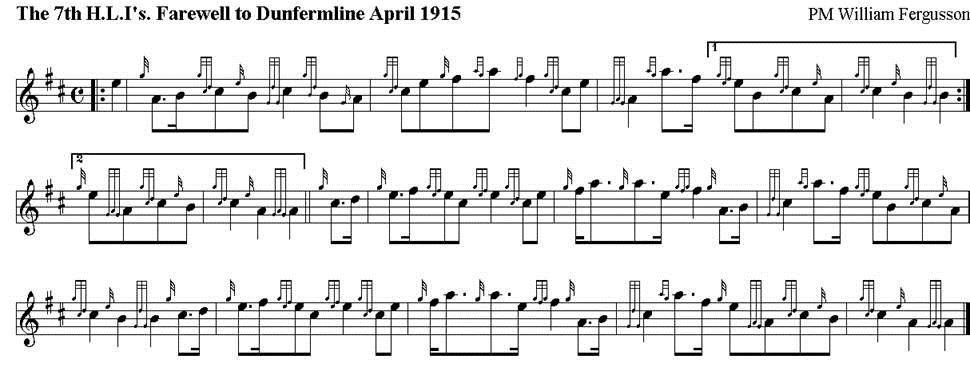 |
||

Best viewed in
|
The regiment was formed as part of the Childers Reforms on 1 July 1881 by the amalgamation of the 71st (Highland) Light Infantry (as the 1st Battalion) and the 74th (Highland) Regiment of Foot (as the 2nd Battalion) as the city regiment of Glasgow, absorbing local Militia and Rifle Volunteer units. Its exact status was ambiguous: although the regiment insisted on being classified as a non-kilted Highland regiment it recruited mainly from Glasgow in Lowland Scotland. 7th (Blythswood) Battalion The additional title `Blythswood' was granted to the 2nd Admin Battalion of Lanarkshire Rifle Volunteers in honor of its Commanding Officer, Campbell of Blythswood. The battalion became the 31st Lanarkshire Rifle Volunteer Corps in 1865, the 8th in 1880, and the 3rd (Blythswood) Volunteer Battalion, HLI in 1887. The battle honor `South Africa 1900-02' was granted to the battalion for its services during the Boer War. In 1914-18, the 1/7th fought at Gallipoli, Egypt, Palestine and in France and Belgium, while the 2/7th was stationed in Ireland. The 3/7th became part of the 5th (Reserve) Battalion, HLI in 1916. In 1938, the 7th HLI was converted and transferred to the Royal Artillery as 83rd AA Regiment.
The HLI was the only regular Highland regiment to wear trews for full dress, until 1947 when kilts were authorized. An earlier exception was the Glasgow Highlanders who wore kilts and were a territorial battalion within the HLI. The HLI's full dress of 1914 was an unusual one; comprising a dark green shako with diced border and green cords, scarlet doublet with buff facings and trews of the Mackenzie tartan. Officers wore plaids of the same tartan, while in drill order all ranks wore white shell jackets with trews and green glengarry caps.
|
|


